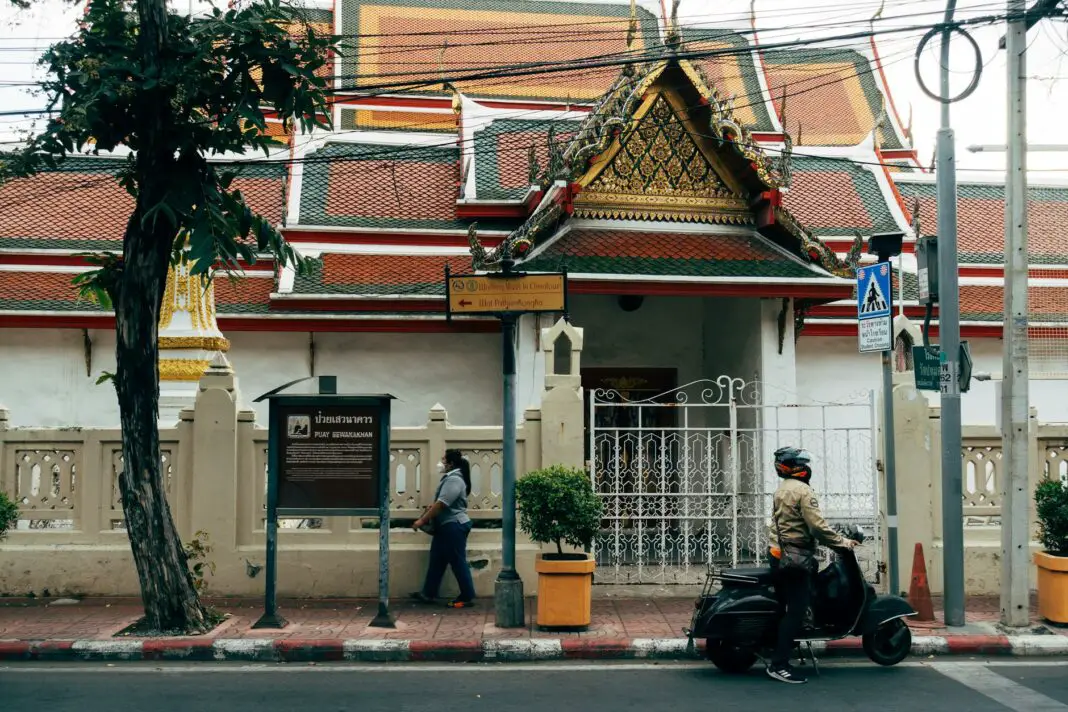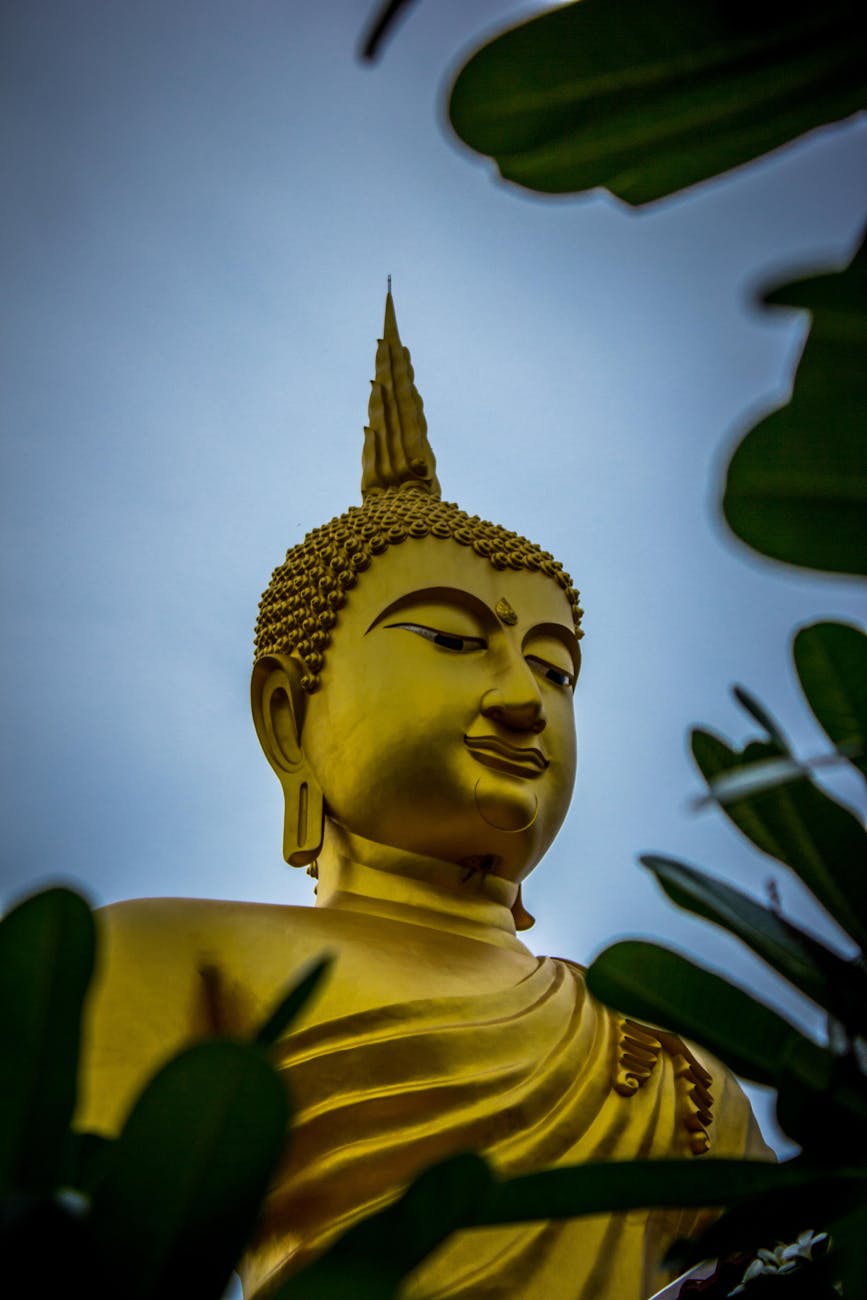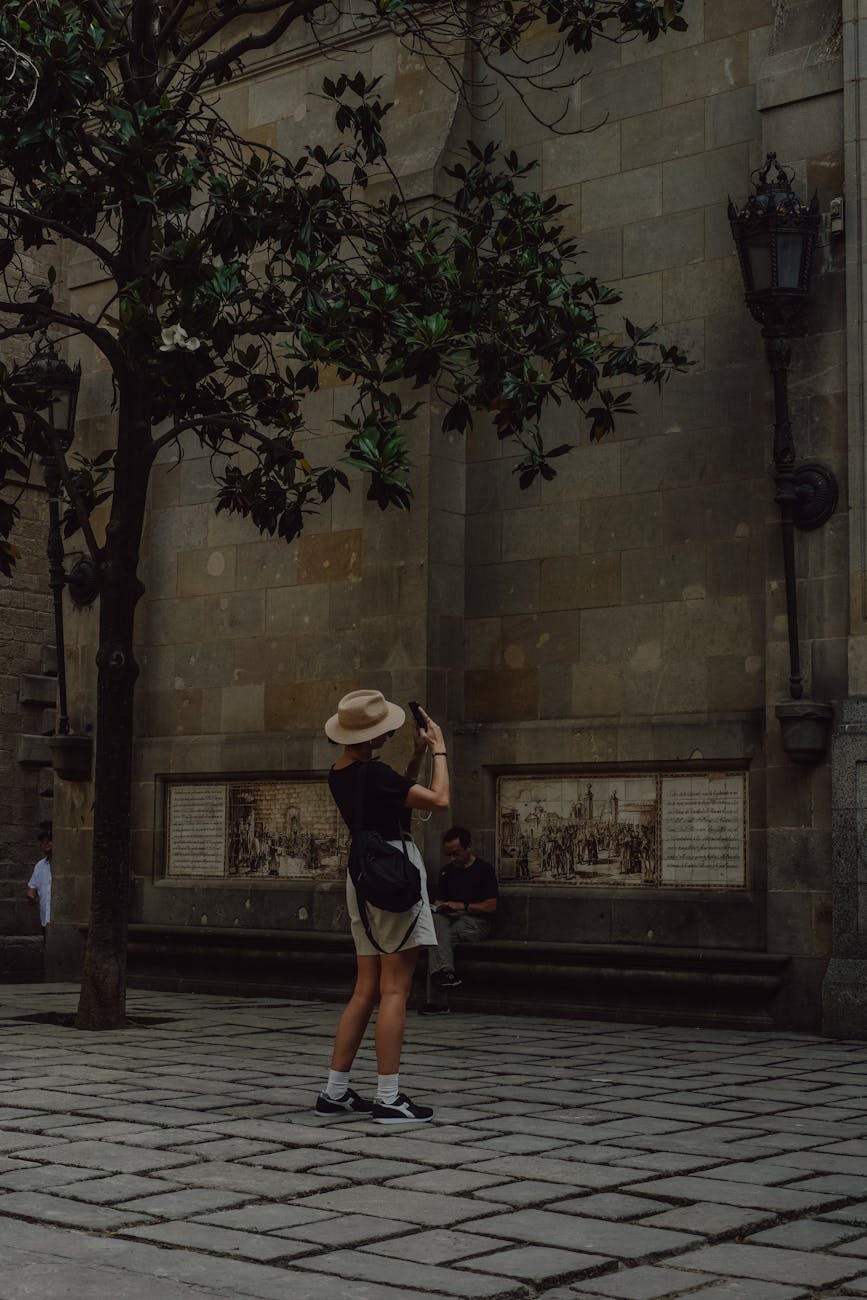Embarking on a trip to Thailand not only unveils a landscape teeming with natural beauty but also introduces travelers to a rich tapestry of culture and artistic expression. Among the myriad attractions, the vibrant mural art scattered throughout the country serves as a captivating representation of local traditions and contemporary narratives. Each mural tells a unique story, inviting onlookers to delve into the deeper meanings behind the vivid colors and intricate designs that adorn Thai streets and temples. Discovering the secret meaning behind Thailand’s vibrant mural art is not just about appreciating the aesthetics; it is an exploration of the history, beliefs, and cultural commentary encapsulated in these artistic expressions.
As your journey unfolds, you’ll find that the murals are more than mere decorations; they are visual dialogues that reflect the pulse of Thai society. This blog post will guide you through the enchanting world of Thai mural art, the secrets behind its symbolism, and its reflection of the country’s rich heritage. Whether you are planning a visit or are simply curious about this artistic phenomenon, the insights shared here will enrich your understanding and appreciation of Thailand’s vibrant culture.
Table of Contents
- History of Thai Mural Art
- Significance of Symbols in Mural Art
- Where to Find Stunning Murals in Thailand
- Modern Takes on Mural Art
- Interacting with Mural Art
- The Remarkable Connection Between Art and Thai Culture
History of Thai Mural Art
The roots of Thai mural art can be traced back to the historic period of the Sukhothai Kingdom, where early expressions began to flourish. These artistic endeavors often depicted religious themes, illustrating Buddhist teachings and narrating the life of the Buddha. Temples became the primary canvas for these vibrant expressions, engaging worshippers on a visual and spiritual level. As times changed, so did the themes and techniques of mural art, evolving through the Ayutthaya and Rattanakosin periods, adapting to the influences of the Siamese culture and neighboring nations. These murals provided not only a means of aesthetic pleasure but also served as a historical archive of social, political, and cultural life in Thailand.
This evolution reflects the dynamic nature of Thai society, where art has continuously adapted to correspond with shifts in governance, religion, and culture. From traditional religious depictions, murals began to embed historical narratives, folk tales, and representations of daily life, providing insight into the era’s sociopolitical landscape. By appreciating the depth of the history behind these works, one can truly grasp how integral mural art is to Thai cultural identity, encapsulating centuries of collective experience and wisdom.
Significance of Symbols in Mural Art
Unraveling the intricacies of Thai mural art reveals a complex tapestry of symbols that convey various meanings, much like a written language. Each symbol embedded within a mural serves to communicate messages about morality, spirituality, and community values. For instance, motifs such as the lotus flower, representing purity and enlightenment, often grace the walls of temples, reinforcing the connection between beauty and spirituality. Meanwhile, mythical creatures, like the Garuda, embody strength and protection, serving as guardians in both the ethereal and physical realms.
Furthermore, the choice of colors plays a significant role in imbibing deeper meanings within the artwork. Bright hues symbolize happiness and prosperity, while darker shades may signify somber themes or historical events. Color not only enhances visual appeal but also evokes emotional responses, prompting viewers to engage meaningfully with the art. By understanding the significance of these symbols, art enthusiasts and casual observers alike can foster a more profound appreciation for the layers of meaning embedded in the vibrant murals found throughout Thailand.
Where to Find Stunning Murals in Thailand
When planning a trip to Thailand, the prospect of encountering stunning murals extends beyond the well-trodden tourist paths. While renowned locations such as the historic temples of Ayutthaya showcase magnificent traditional works, urban areas like Bangkok and Chiang Mai are home to a thriving contemporary mural scene. In Bangkok, neighborhoods like Chinatown and the artsy enclave of Ari feature murals that celebrate not only the city’s history but also its modern, bustling culture.
Meanwhile, Chiang Mai stands out as a hotspot for street art enthusiasts, with murals that reflect a blend of local tradition and contemporary themes. A must-visit is the Nimmanhaemin area, where vibrant and thought-provoking works adorn the walls, often addressing social issues and environmental concerns. Exploring these locations not only provides a visual feast but also fosters an understanding of the current issues and narratives that resonate within Thai society, enriching your travel experience with meaningful encounters.
Modern Takes on Mural Art
The evolution of mural art in Thailand does not stop at traditional forms; contemporary artists are redefining the narrative, pushing boundaries and challenging norms. Many modern murals address societal issues, such as environmentalism, political unrest, and cultural identity. By integrating traditional techniques with modern expressions, these artists create a fusion that resonates with both local and global audiences.
The use of technology and innovative materials has also revolutionized mural creation, allowing artists to experiment with styles that reflect diverse influences from around the world. This modern take on mural art serves not only as a way to beautify urban spaces but also as a platform for critical dialogue. Engaging with contemporary murals provides insight into the evolving social landscape of Thailand, making it essential for visitors to seek out this dynamic artistic movement.
Interacting with Mural Art
Experiencing mural art in Thailand goes beyond mere observation; interactions can significantly enhance your understanding and appreciation. Many local art festivals and workshops provide opportunities for visitors to engage with artists directly, allowing the chance to learn about their inspirations and techniques firsthand. Several galleries and studios also host open houses, inviting the curious to partake in discussions surrounding mural art.
Additionally, many art installations actively encourage viewer participation, offering interactive elements that breathe life into the artwork. By partaking in these experiences, you not only elevate your understanding of the art but also forge a personal connection with the community and its artists. Such interactions cultivate a sense of belonging and appreciation for the cultural landscape, capturing the heart of what it means to experience art authentically in Thailand.
The Remarkable Connection Between Art and Thai Culture
Mural art is a veritable reflection of Thai culture, weaving together the country’s historical, spiritual, and social fabrics into cohesive narratives. It exemplifies how art serves as a collective voice, expressing the shared values, beliefs, and experiences of the Thai people. As religious practices evolve, so do the associated artistic expressions, embedding contemporary relevance within the traditional frameworks.
The remarkable connection between art and culture fosters a deeper understanding of the Thai psyche. Engaging with mural art invites individuals to ponder questions about identity, history, and the future. The stories told through these murals become a conduit through which we can connect with the myriad threads that compose Thai society, making your journey through Thailand an enlightening and enriching experience.
Embrace the Vibrancy of Thailand Through Its Art
Your exploration of Thailand’s mural art can have a lasting impact on how you perceive and appreciate the world around you. As you delve deeper into this colorful realm, remember to seek out the stories that lie beneath the surface. Each mural is a doorway to a unique narrative, inviting you to connect not just with the art itself but with the culture that birthed it. By embracing the vibrant essence of Thailand’s mural art, you will return home not just with souvenirs, but with a richer understanding of an intricate society and their celebrations of life through art.
Frequently Asked Questions
- What is the significance of mural art in Thai culture? Mural art serves as a bridge between the past and present, encapsulating historical events, spiritual beliefs, and social values, making it integral to Thailand’s cultural identity.
- Where can I find some of the best murals in Thailand? Vibrant murals can be discovered in various locations, particularly in urban centers like Bangkok and Chiang Mai, and within historic temples throughout the country.
- How are modern murals in Thailand different from traditional ones? Contemporary murals often incorporate modern themes and techniques, reflecting current social issues and viewpoints, while traditional murals focus largely on religious and historical narratives.
- Can tourists participate in any mural art workshops in Thailand? Yes, many art festivals and local studios offer workshops where tourists can interact with artists, learn about their techniques, and even create their own art.
- Why should I pay attention to the symbolism in Thai murals? Understanding the symbolism enhances your experience, as it provides deeper insights into the cultural context and stories embedded within the artwork.
Image Credit: Pexels





